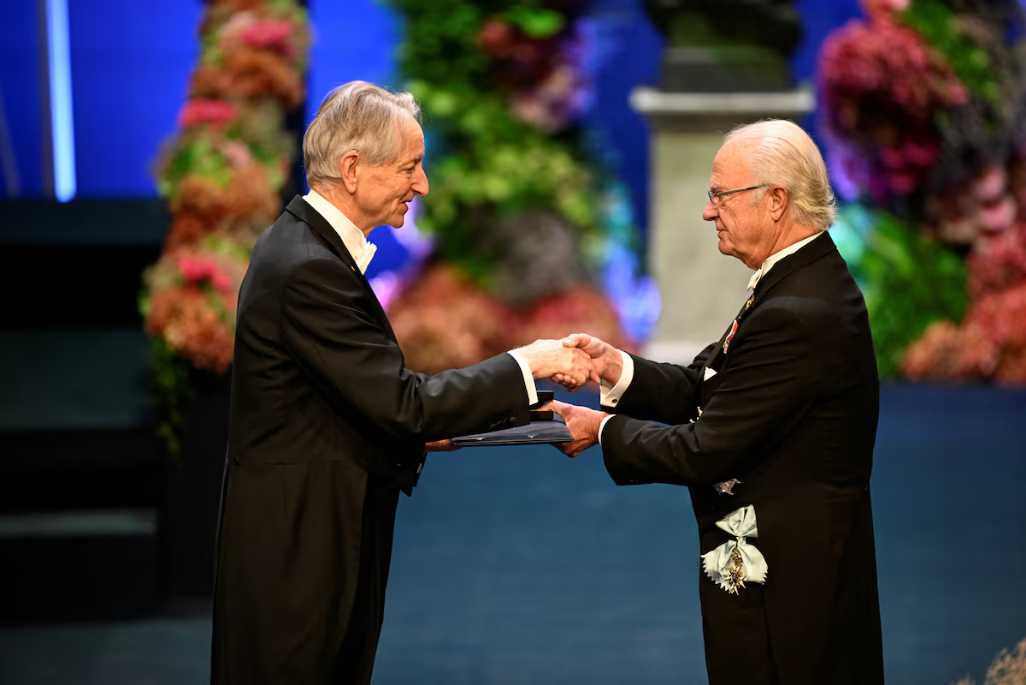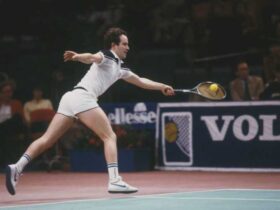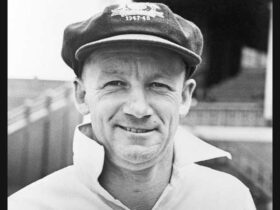In the end, Geoffrey Hinton’s message was short and to the point.
At a celebratory banquet held in Sweden’s capital on Tuesday, Canada’s newest Nobel laureate stepped to the lectern and said that artificial intelligence offers huge benefits to productivity but comes with big risks.
Both are possible because of neural networks, a technology that Dr. Hinton, who is an emeritus professor at the University of Toronto, played a central role in developing and for which he was named a co-winner of this year’s Nobel Prize for physics.
Powered by neural networks, computers are now succeeding at complex tasks that were once deemed beyond the reach of machines. It is not because they are getting better at mimicking human reasoning, Dr. Hinton said, but because they are learning to emulate human intuition.
He then listed some of the harms that AI is already causing in the hands of authoritarian governments and cybercriminals. In the longer term, he warned, learning machines could develop into a new class of digital beings that are “more intelligent than humans.” And without naming names he added that some companies have put profit ahead of safety despite the risk.
“We urgently need research on how to prevent these new beings from wanting to take control,” he concluded. “They are no longer science fiction.”
The Nobel banquet, which also included musical and dance performances along with remarks from several other laureates, marked the culmination of a week of festivities and events around this year’s prizes.
Earlier in the day, Dr. Hinton was given his Nobel Prize by Sweden’s King Carl XVI Gustaf at a ceremony in Stockholm’s elegant concert hall.
While the specific work cited in connection with Dr. Hinton’s Nobel took place in the 1980s, he told The Globe and Mail that he felt that the real reason he was being recognized was because “I stuck at trying to make neural networks work.”
It was a quest that lasted decades and only started to show commercial promise in the mid-2000s
Along the way, Canada proved to be a stalwart supporter of Dr. Hinton, who was born in Britain and based at Carnegie Mellon University in Pittsburgh when he decided to relocate to Toronto in 1987.
Part of the reason for the move was that American culture simply didn’t agree with him, Dr. Hinton said.
But on the research side, Canada also got two things right that helped to ensure Dr. Hinton received his Nobel as a representative of his adopted country rather than elsewhere.
The first was the Canadian Institute for Advanced Research, now called CIFAR, that provided additional support to Dr. Hinton to lighten his teaching load and enable him to focus more on his neural network research. The second was a modest but steady succession of grants from the Natural Sciences and Engineering Research Council, a federal funding agency.
While the money was less than he might have received elsewhere, it was focused on curiosity-driven research. It allowed Dr. Hinton the latitude he needed to explore and develop his ideas into their full fruition. In the process, he fostered multiple cohorts of graduate students, including several who have gone on to play major roles in AI research and industry.
Today, thanks to a critical mass of top researchers, including Dr. Hinton and Yoshua Bengio of the University of Montreal, Canada enjoys a status in the AI world that few countries can match. This was touted by Canadian officials on Monday at an event held at Canada’s embassy in Sweden.
Whether Canada can keep its foothold in a rapidly changing and growing industry remains an open question. Another is whether Canada is still supporting fundamental research in a way that will lead to more Nobel prizes decades from now.
This has become a bigger challenge in recent years as funders have demanded more tangible returns from researchers on a shorter time horizon. Dr. Hinton is the third scientist based in Canada to win the Nobel Prize for physics in the past nine years. The challenge for the country is how to invest limited resources in a way that will leave the door open to future breakthroughs.
“It’s not a quick fix,” said Michael Serbinis, who chairs the board of the Perimeter Institute for Theoretical Physics in Waterloo, Ont., and who attended the embassy event. “You need to make these kinds of long bets in things that will drive economic prosperity, not necessarily next year with a guarantee, but over a decade or two decades.”
On Tuesday there was no doubt that Dr. Hinton’s achievement, whatever it brings, made him the man of the hour and put Canada in the spotlight.
For younger researchers, the impact is hard to overstate.
Andrija Sente, a neuroscientist who now works for a British company that uses AI to enable the imaging of proteins in their cellular environments, was invited to attend the banquet as a winner of the Science and SciLife Prize for Young Scientists, a global award that is co-sponsored by the American Association for the Advancement of Science.
Dr. Sente said he was thrilled to meet Dr. Hinton as part of his own Nobel week in Stockholm, because of all the ways that neural networks have touched his research and professional trajectory.
Because of that, his own prize “couldn’t have come at a better year,” he said.






Leave a Reply